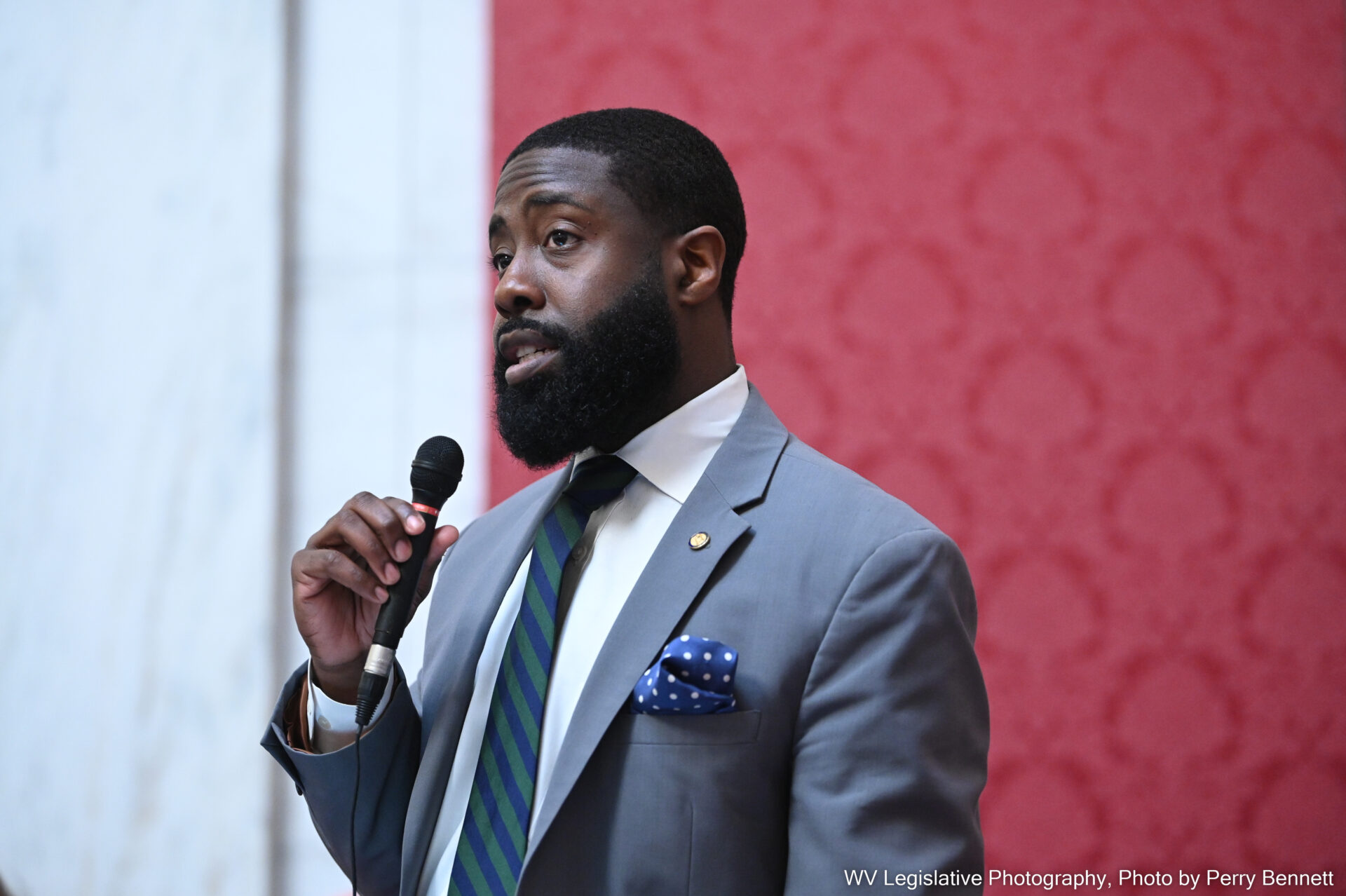Opponents of the contentious Senate Bill 10, the Campus Self-Defense Bill, which would allow the concealed carry of firearms on college campuses (with limitations), tried to get two 11th hour exemption amendments passed.
Resigned to the fact that the campus carry bill has overwhelming legislative support, Del. Sean Hornbuckle, D-Cabell, proposed an amendment that would give campuses a housing option for students who do not want those with firearms living in the building.
“There are some students, they’re going to say no, we don’t want to go to West Virginia, Marshall, Concord, Fairmont. So, we’re going to work with our legislature, and we’re going to give you reasonable living accommodations too,” Hornbuckle said. “We’re not going to lose any money from tuition by turning students away. Matter of fact, we’re going to be more marketable. We’re going to be able to go out across the country and we’re going to be able to appease every single student. If you’re somebody who wants to live with firearms in your residence halls, we will allow you to do that. If you’re the student that just doesn’t feel right. Well, we will make reasonable accommodations.”
Del. Moore Capito, R- Kanawha, said campuses already had that option under the proposed law and Hornbuckle’s amendment failed.
Del. Evan Hansen, D-Monongalia, proposed an amendment striking the provisional carry permit which would not allow 18-, 19- and 20-year-olds to have a gun on campus, saying those students had not gained the maturity to carry firearms.
“Suicide among teenagers is an issue in West Virginia, and one that I think we need to pay attention to and this bill is relevant to this amendment, because it’s tough for kids who are going to school for the first time,” Hansen said. “Seventeen-year-olds, 18-year-olds, so many kids on campus haven’t spent a substantial amount of time away from home before. They’re meeting new people from different walks of life, they may or may not agree with them. They’re under a lot of stress, trying to study and get good grades. And there’s a mental health crisis at our universities.”
Del. Bill Ridenhour, R-Jefferson, a former Marine, said he put his life and trust in the hands of many 18- and 19-year-olds and they should have the legal right for concealed carry.
Hansen said Marine firearms training was vastly different from student firearms training but his amendment was also defeated.
Senate Bill 10 comes up for third reading Tuesday in the House.
